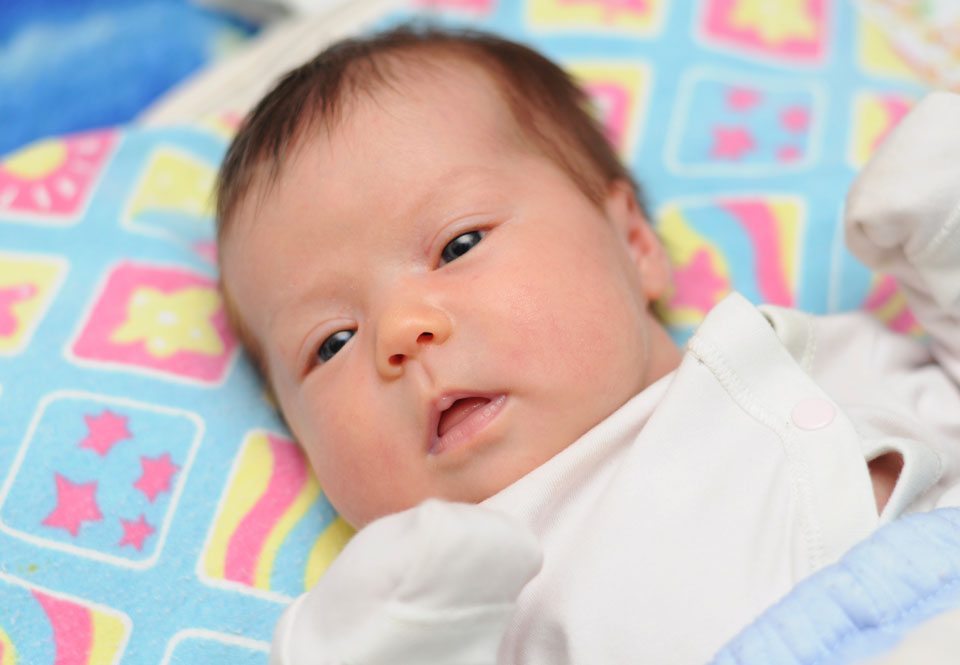Try not to wait until your baby is crying for a feed. There are early signs of hunger you can look for, including:
- opening mouth
- hand to mouth movements
- rapid eye movement
- a shallow state of sleep after one or two hours of deep sleep
Signs your baby is getting enough milk
- Five or more wet nappies in 24 hours.
- Clear or pale urine.
- Soft yellow bowel motion (a breastfed baby might not do a poo every day).
- Alert healthy baby with good skin tone.
- Average weight gain of 150g or more per week in the first three months.
Signs your breast milk is flowing
- A change in your baby’s sucking rate from rapid sucks to suckling and swallowing rhythmically, at about one suckle per second.
- Some mothers feel a tingling or pins and needles sensation in the breast.
- Sometimes there is a sudden feeling of fullness in the breast.
- While feeding on one side your other breast may start to leak milk.
- You may become thirsty.
Your milk flow can be affected by emotions like anxiety, embarrassment, tension or extreme tiredness.
Being relaxed when breastfeeding helps your milk flow.
How your milk supply increases
As your baby grows, their appetite increases and they will demand more feeds. Your breast milk will increase to match your baby’s needs if you breastfeed more frequently. Growth spurts occur at anytime but are often around six weeks, three months and six months of age.
Remember, your breasts are never empty. As your baby feeds, your body makes more breast milk.
You can build up your milk supply by:
- feeding more often
- offering both breasts twice
- putting baby back to the breast 20 to 30 minutes after a feed
- expressing breast milk after feeds
- avoiding giving formula feeds, water or juice
- resting as much as possible – a few quiet days at home are helpful
- eating well and drinking when thirsty
- gently stroking or compressing your breasts during feeds
- following your baby’s signs for hunger and tiredness
Want to know more?
Women and Newborn Health Service – Baby feeding cues (signs)
Austrailan Breastfeeding Association (ABA)
If you still have questions, contact our Parenting Line
